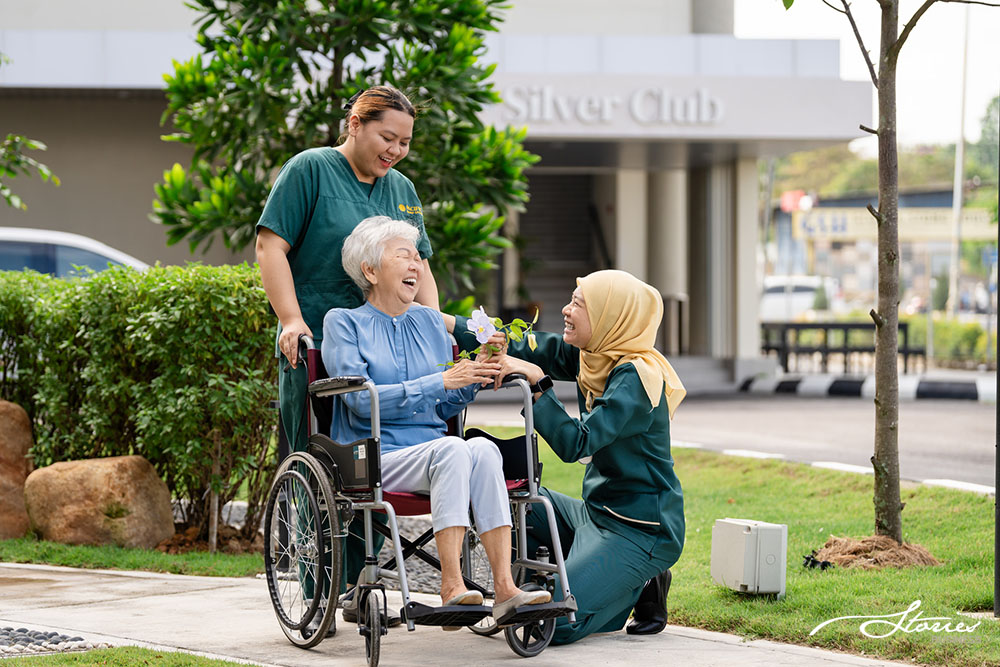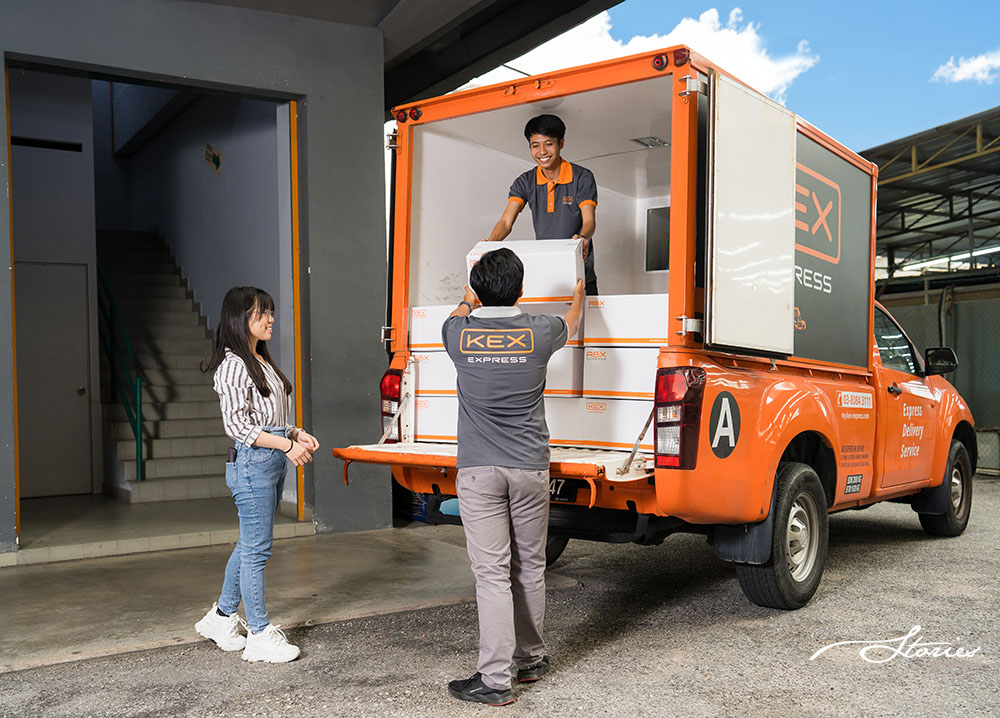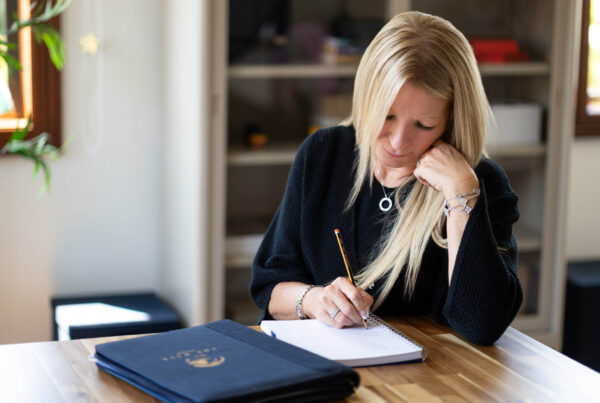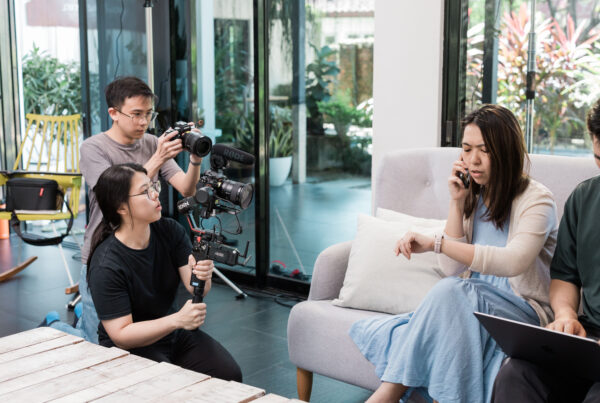A robust stock photo folder is a great resource for any company and even more so when it has been customised. Having a range of high-quality photos of your company at your disposal allows you to utilize them for a variety of purposes, from social media posts, marketing collateral to website updates.
We previously wrote a guide on how to create personalized lifestyle stock photos for your company: https://business.stories.my/a-guide-to-personalized-lifestyle-stock-photo-shoots-for-your-marketing-campaign/
If your company has decided to invest in personalized lifestyle stock photos, here are some further steps to help you plan the shoot.
Make a list of your goals
To help you clarify your objectives and maximize the photo shoot, consider these important questions:
- Where will the images be used? Think of the different places you want to incorporate the images—website, social media, prints, etc. This will help you be more specific about the type of shots you will need.
- Who is the primary audience? Are the photos more for internal or external communication?
- What do you want to communicate with the images?

Decide how many photos you need
If you’re looking for just a few general photos for marketing purposes, the shoot would be very different to say, wanting to capture every department and service that your company offers in order to build a comprehensive website.
Conversely, if you’re shooting for the purpose of social media postings, ideally, you should have enough varied content to get you through a certain period. You don’t want to have to schedule another shoot because you end up having insufficient content down the road.
Deciding your shoot goals as above will help you decide how many photos or what you wish to incorporate in the photoshoot.

Create a vision board
To help you clarify your goals and effectively communicate with your photographer, you may like to create a vision or inspiration board. This can be done online via a platform like Pinterest or it could be merely saving photo examples that you’ve come across and liked. Don’t be afraid to include examples of anything and everything that you may be looking for. This will help the photographer understand exactly what you are looking for and share your vision accurately. It might also help the photographer in advising you on what is and is not feasible for your session.

Plan the detailed shot list
After creating your vision board and discussing with the photographer, it’s time to plan the detailed shot list. This should contain all the different scenarios and locations you want to shoot. To do this, consider your business, its services, and vision, as well as how you would like the images to complement these. Your shot list can be something along the below lines:
- General images such as management in a meeting, an employee at their desk, employees enjoying the communal spaces
- Images specific to your business—for example, if you are a manufacturing company, perhaps you want to include a shot of your workflow and equipment, if you’re a logistics company, perhaps you wish to show handling of deliveries, if you’re a masseuse, perhaps you would like to include a shot of a specific technique used that may be specialised to your company
- Office exterior and interior images
Be as detailed as possible! You can involve your photographer in the planning as well.

Finalise the style and schedule
After confirming the shot list with your photographer, you can now work on the last step! It’s important that the photoshoot doesn’t get in the way of your day-to-day operations; at the same time, it’s essential that the photographer be able to shoot without too many restrictions. For example, don’t schedule the shoot on a day when there’s a big board meeting.
Having a timetable for each scene and who is involved will help to ensure the people needed will be present at the photoshoot. Doing this will help you to also have a detailed list of the people involved and do more advanced planning on the outfits to be worn at each scene to ensure that there is no clash of colours and patterns. It’s a good idea to have employees bring 2-3 changes of outfits for rotation. This way you will create more varieties, and it won’t look like everything was shot on the same day.

Lastly, put some thought into props, as these can help elevate your photos. Props can be as simple as incorporating a company brand colour in the photoshoot or having some company brand items like a mug or stationary.
We hope the above has helped you in planning your company stock image photoshoot! Contact us to schedule your next company photoshoot.





